Inflation is a topic which has rarely been out of the headlines this year, with the cost of almost everything we buy shooting up.
But much less has been said about the impact it can have on your savings and investments.
Simply put, inflation refers to the increase in the price of goods and services over time. It means your money may be able to buy less in the future than it can today.
We’re all counting the cost of inflation in our shopping baskets
The Office for National Statistics (ONS) measures inflation by tracking the prices of everyday items to calculate changes in the Consumer Prices Index (CPI).
CPI rose by 6.8% in the 12 months to July 2023. Although this has been falling over 2023, it remains well above the 2% target the Bank of England aims for.
Its effects are easy to see any time you go shopping. According to ONS, the average price of a pint of milk in the UK was 69p in July 2023 – up from roughly 45p in 2019.
Similarly, the price of a loaf of sliced white bread jumped from £1.07 in 2019 to £1.35 in July 2023.
Inflation can be caused by a variety of factors. In this case, it started to ramp up as we moved away from the Covid-19 lockdowns. While in lockdown, people were limited in their ability to socialise and visit shops. As restrictions were lifted and consumers became free to leave their homes, they began spending again. This led to a surge in demand and, unfortunately, it has taken longer for the supply side to catch up.
Russia’s invasion of Ukraine at the start of 2022 caused further inflationary pressure. Both countries are major suppliers of commodities such as wheat and fuel. With supplies of these interrupted, the cost of both spiked.
With higher interest rates, will a bank account protect my savings?
When it comes to combating inflation, relying solely on high street banks may not be the most effective strategy.
While banks do offer interest on instant access savings and cash individual savings accuonts (cash Isas), the rates they typically offer may not be enough to keep up with inflation. As a result, the purchasing power of your savings may erode over time and you may find your money’s value does not grow at the same rate as inflation.
For example, if you had £10,000 in an account with a 5% saving rate, after a year you will have £10,500. But if the rate of inflation is 7%, you would need £10,700 to have the same purchasing power that you started with.
If your savings don’t grow at the same rate as inflation, your money will lose its purchasing power despite taking active steps to grow it.
Where investing can help
If you plan on saving over the long term, which typically means for five years or more, then choosing to invest could be the best way to shield your money from the damaging effects of inflation, while also securing your future financial wellbeing.
However, it’s important to note that investing also comes with risks. You can speak with financial advisers like me to discuss an investment strategy that matches your risk appetite and investment objectives.
The key to beating inflation is by investing in assets which produce a higher rate of return. Over the long term, equities have demonstrated the ability to outpace inflation, although that does not necessarily mean this will be repeated.
Keeping your investments diversified is also crucial to making sure you’re not relying too heavily on one particular type of asset class. Diversification involves spreading your investments across asset classes such as equities, bonds, and property.
Different assets may perform differently in varying economic conditions. No one asset class will be the best performing forever, so by keeping a diversified portfolio you can help your investments to remain resilient, even during periods of high inflation.
Gary Walker is the founder of Gary Walker Wealth Management in Aberdeen, a principal partner practice of St James’s Place.
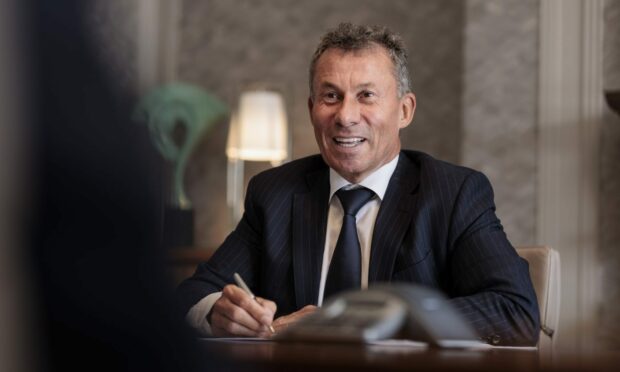

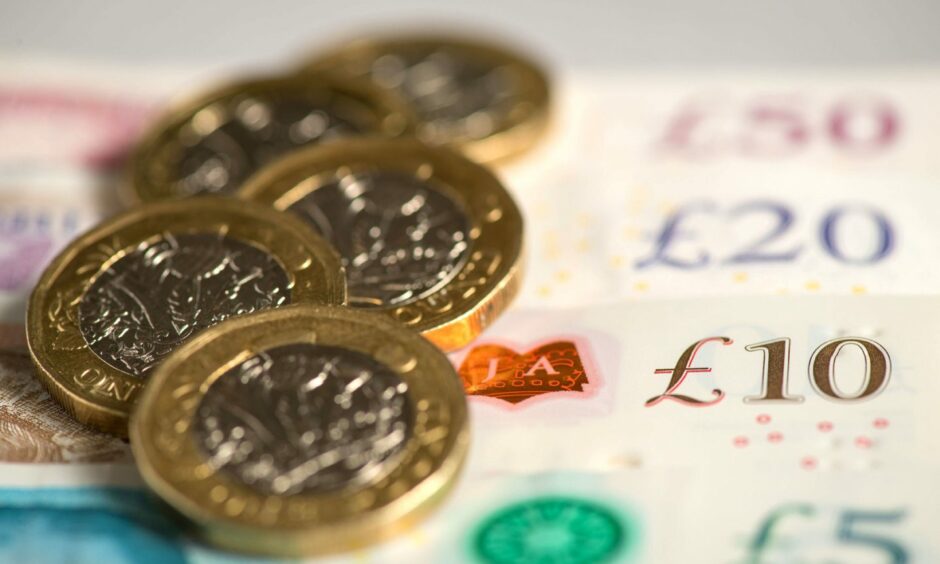




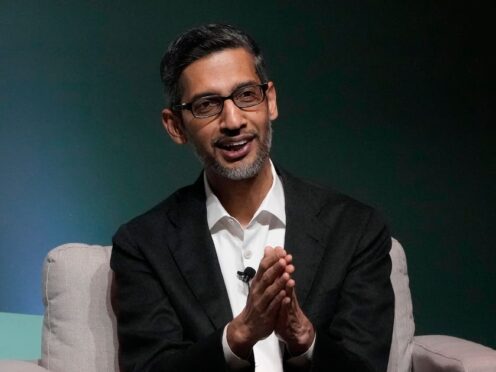
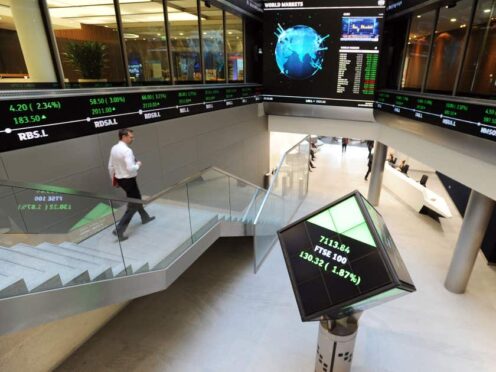



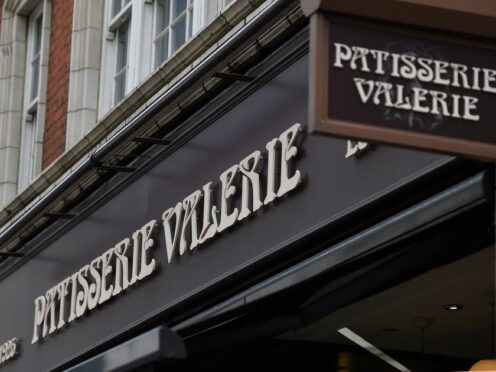
Conversation